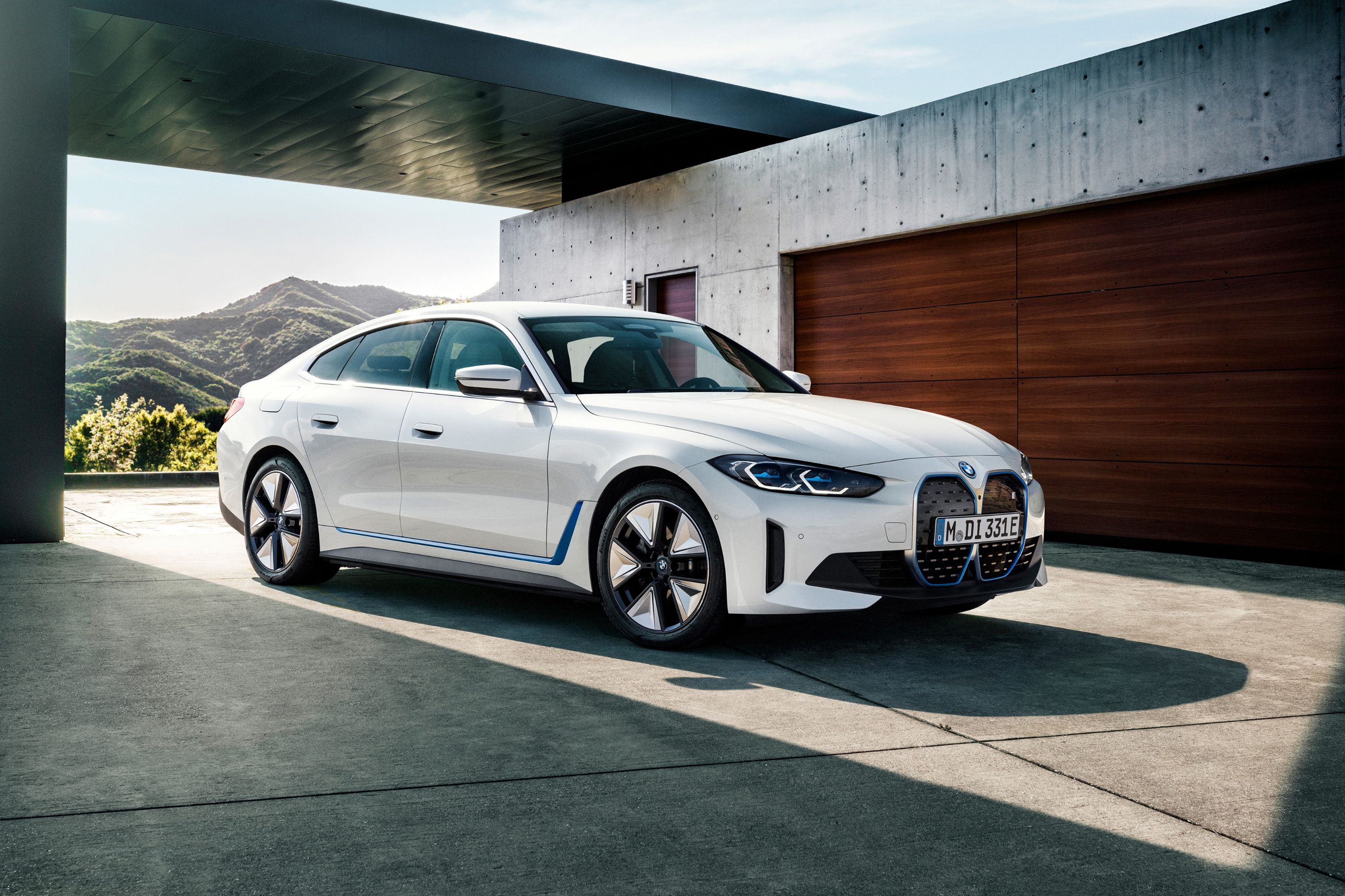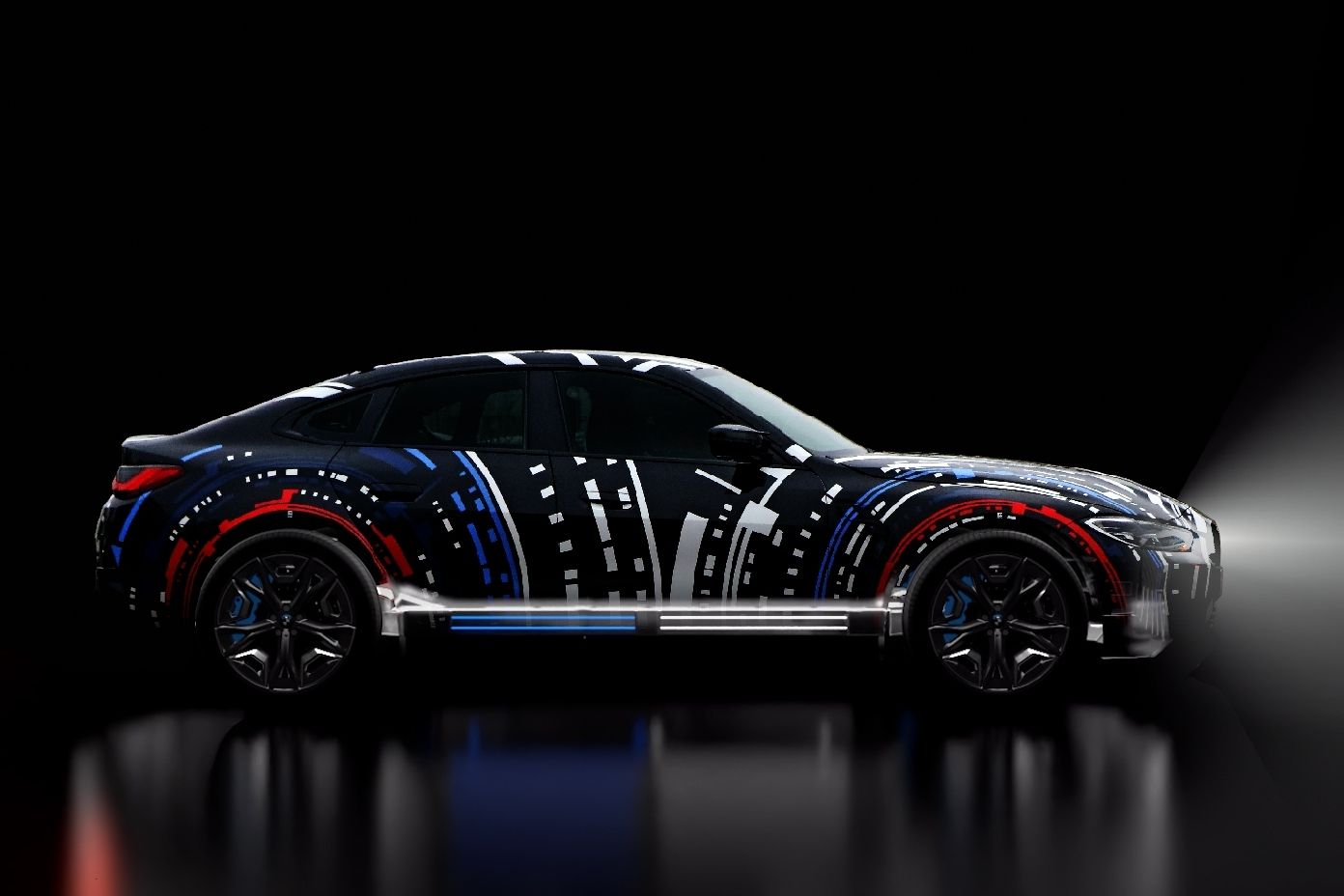
CarBuzz has discovered a new patent that BMW has filed with the World Intellectual Property Office, detailing a design for a differential that future electric vehicles may be equipped with. The description of this idea is simple: a device for controlling an individual wheel drive in electrified two-axle motor vehicles, specifically EVs with more than one drive motor per axle, such as the quad-motor EV prototype being used to develop an electric M3.
BMW notes that existing EVs with one motor on each wheel of an axle are able to mete out grunt per wheel precisely. This is known as torque vectoring, and electric torque vectoring is nothing new. But EVs with two electric motors on one axle typically end up compromising range to attain their mega performance potential, and it's this conundrum BMW wishes to solve.
You don't need all the power of two electric motors under all driving conditions, so to curb this great inefficiency, BMW proposes using sliding sleeves, magnetic couplings, or claw couplings to join and unjoin these motors as needed, meaning only one of the two would actually drive an axle.
BMW specifically mentions that it aims to find an "improvement in efficiency at low loads" but also points out that vehicles with electric drive on the rear axle would be disadvantaged by a Haldex-type (part-time AWD) disconnection that only powers the front axle until there is a loss of grip. BMW says that a rear-wheel-drive setup is "more favorable in terms of driving dynamics" but that the traditional means of reaching efficiency targets disconnect an entire axle, usually the front.
This tells us a few things. First, this electrified vehicle-specific differential would likely initially be applied to an AWD car that powers both axles, and second, a front-wheel-drive-biased AWD vehicle (like the M235i Gran Coupe) could be made to behave like a rear-driven one, much like the rear-biased M xDrive system in cars like the BMW M5. In addition, a hybrid vehicle could feature AWD without any physical connection between the combustion engine up front and the electrified rear axle, yet could still act as if RWD when maximizing efficiency is the chief goal.
With the ability to engage only one motor on the axle as needed (rather than having both motors permanently active), electrified Bimmers of the future would be more efficient and could go further, despite simultaneously offering outstanding driving dynamics thanks to even more reliable torque vectoring and the possibility of offering RWD-only as a drive mode.
BMW has suggested that its first true M electric vehicles will be able to do things no other cars can but has also said that it will not force electric motivation on the M division until the technology is worthy of that famed badge.
By implementing a traditional type of differential into a future electric drivetrain, it seems that BMW will keep its promise of making electrified M products engaging and brilliant while still maximizing energy efficiency. This, combined with an all-new platform and the impending arrival of solid-state batteries, should make for a compelling product, whether you're an enthusiast or an environmentalist.

